 At some point, your home’s foundation may need to be repaired. Houses settle over time, causing floors to slope and many other problems. Having trouble opening and closing windows? Your foundation may have settled too far into the soil, or settled unevenly. Other signs include wall cracks, sticking doors, floor bumps or squeaky floors or a house that looks “uneven” from the outside. Walls can start to bow or lean, and gaps can appear around doors and windows.
At some point, your home’s foundation may need to be repaired. Houses settle over time, causing floors to slope and many other problems. Having trouble opening and closing windows? Your foundation may have settled too far into the soil, or settled unevenly. Other signs include wall cracks, sticking doors, floor bumps or squeaky floors or a house that looks “uneven” from the outside. Walls can start to bow or lean, and gaps can appear around doors and windows.Settlement can be caused by more than just the age of the house. Sometimes homes are built on soil that hasn’t been compacted properly. Soil can also get wet, causing it to expand. When it dries, it will shrink.
Excessive settlement can occur in both cases, which can further damage a foundation. Your foundation can also be harmed by poor drainage and plumbing leaks.
When a floor is sloping, it can eventually slide off the foundation, especially during an earthquake.
A foundation repair expert is the best person to talk to about foundation issues, especially if you are seeing signs of settlement. There are many ways to repair a foundation. An experienced foundation expert will inspect your property to determine what is causing the situation and can fix any problems.
House leveling is one of the most popular methods of foundation repair. The leveling begins by inserting beams under your home that are supported by hydraulic jacks. Different sizes of jacks will be used to slowly raise the foundation. After the house has been leveled, piers are added to maintain the new height of the floors. The piers are placed directly into the soil for added support.
During the process, any damaged or rotten beams will need to be removed.
Helical piers are typically used to level a house. They can be used in all types of soil, are quickly installed and will have a minimal impact on your landscape. They can also be used in places where there is a high water table.
An important part of house leveling is knowing where to lift the house. Also keep in mind that raising the floor will usually create quite a bit of noise. Many times it is better to level the house over a period of days or weeks, raising it a few inches at a time. This will help prevent drywall and plaster from cracking. The home’s size and weight will also determine how long the project takes.
If house leveling isn’t done right, it can cause additional damage to your home. The structure of the house can weaken, windows will start breaking and large cracks can appear.
House leveling can help you avoid a complement foundation replacement, which can be expensive.
The best way to prevent costly repairs is to stay alert to problems and get them fixed as soon as possible. Ask a foundation contractor or house leveling contractors to check your home for foundation damage at least once a year. Get a thorough inspection both inside and out. Taking quick action on any issues can minimize repair expenses and keep you and your family safe.
Julian De La Torre, expert in Los Angeles foundation inspection, repair & house leveling (Los Angeles) and founder of Julian Construction (http://www.julianconstruction.com) in Los Angeles, has inspected over 15,000 structures, working with engineering firms & local departments of building & safety. The company has done more home foundation repair (Los Angeles) than any other company in the area over the last five years (http://julianconstruction.com/about/ ). Julian Construction owns its own company and is a "no middlemen" model--no salesmen or subcontractors--you get the principals of the company & its workers under your home. See their video: https://www.youtube.com/watch?v=6I8j7dXzpj4
 LOS ANGELES, CA: Julian Construction Inc., (
LOS ANGELES, CA: Julian Construction Inc., ( There are a number of
There are a number of  LOS ANGELES, CA: Julian Construction, Inc., (
LOS ANGELES, CA: Julian Construction, Inc., (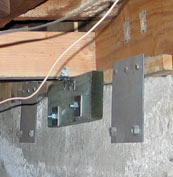 Do you know if your house is bolted to the foundation? Bolting is a type of seismic retrofitting that secures a home’s mudsill to its concrete foundation. Mudsill is the horizontal wood that sits on top of the foundation. It is the bottom of an exterior wall that connects the frame of the house to the footing.
Do you know if your house is bolted to the foundation? Bolting is a type of seismic retrofitting that secures a home’s mudsill to its concrete foundation. Mudsill is the horizontal wood that sits on top of the foundation. It is the bottom of an exterior wall that connects the frame of the house to the footing. Julian Construction (
Julian Construction ( Julian Construction (
Julian Construction ( Julian Construction (
Julian Construction ( Over the years we have learned the effect seismic activity has on a building and how to minimize the impact of a quake.
Over the years we have learned the effect seismic activity has on a building and how to minimize the impact of a quake. 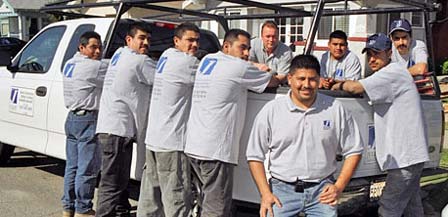 LOS ANGELES, CA: Julian Construction, Inc., (
LOS ANGELES, CA: Julian Construction, Inc., (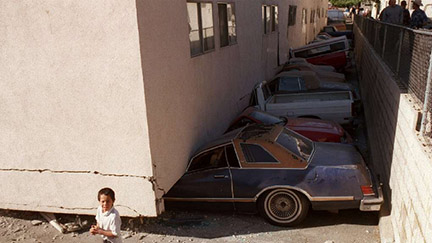 LOS ANGELES, CA: Julian Construction, Inc., (
LOS ANGELES, CA: Julian Construction, Inc., (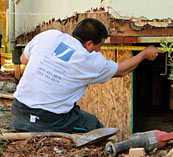 Foundation problems
Foundation problems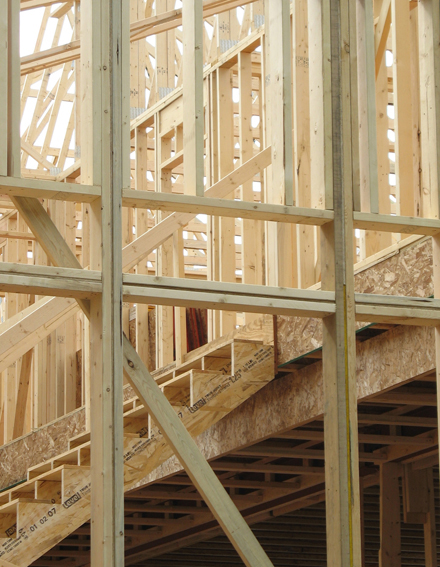 For the past 50 years drywall has been a common type of material used in the construction of homes to make interior walls and ceilings. It covers insulation, wiring and the structure’s frame. It is also used to create separations in buildings requiring fire-rated materials.
For the past 50 years drywall has been a common type of material used in the construction of homes to make interior walls and ceilings. It covers insulation, wiring and the structure’s frame. It is also used to create separations in buildings requiring fire-rated materials.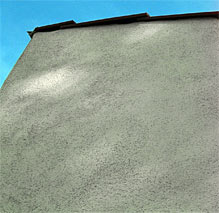 When cracks appear in walls, it is often a sign of foundation problems or damage. Many times the problem is caused by foundation shrinkage, soil expansion or settlement. Earthquakes can cause cracking as well. Where the crack is occurring, its size and shape can tell you a lot about the problem. Knowing how to “read” them can help you determine the seriousness of the situation and what action to take.
When cracks appear in walls, it is often a sign of foundation problems or damage. Many times the problem is caused by foundation shrinkage, soil expansion or settlement. Earthquakes can cause cracking as well. Where the crack is occurring, its size and shape can tell you a lot about the problem. Knowing how to “read” them can help you determine the seriousness of the situation and what action to take.